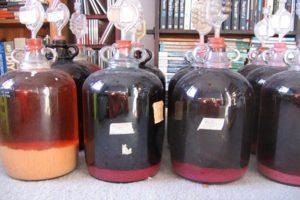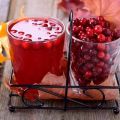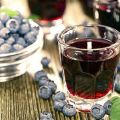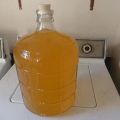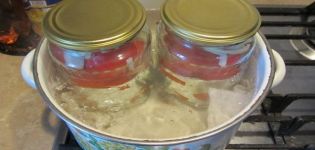5 simple recipes for making yoshta wine at home
At home, you can make delicious yoshta wine according to a simple recipe. This berry has an unusual taste. A gooseberry-currant hybrid created by a German breeder, it has the mixed qualities of both crops. Yoshta is an excellent raw material for making alcoholic beverages at home. Yoshta wines are less sugar-rich than currant wines and sweeter than gooseberry wines.
Cooking nuances
Yoshta grows everywhere. Shrubs reach 2-3 meters, can be used as ornamental plants.
From one bush harvested from 7 to 10 kilograms of fruit. Yoshta harvesting begins at the end of July, when the berry reaches technical ripeness.
Ingredient selection rules
In preparation for the process of making homemade wine, it is recommended to carefully select berries.
Dried, rotten or unripe fruits are not suitable for processing, as they can change the taste of the finished drink.
When making wine, the berries are not washed, but they prefer to pick them in the early morning, when dust settling on them is excluded. Additional rinsing destroys the naturally occurring yeast that remains on the surface of each fruit. They activate fermentation, intensify fermentation.

To enhance the fermentation process, experienced winemakers also use special wine yeast to promote effective oxidation. In addition, baker's yeast can be added at the rate of: 1 bag of yeast to 20-30 liters of drink.
A handful of raisins, added during berry laying, support and activate the fermentation process. Pour boiling water over the raisins before adding, then squeeze and pour over the berries.
Reference! You can make wine yeast yourself. Suitable material - raspberries, fermented jam, currant pulp.
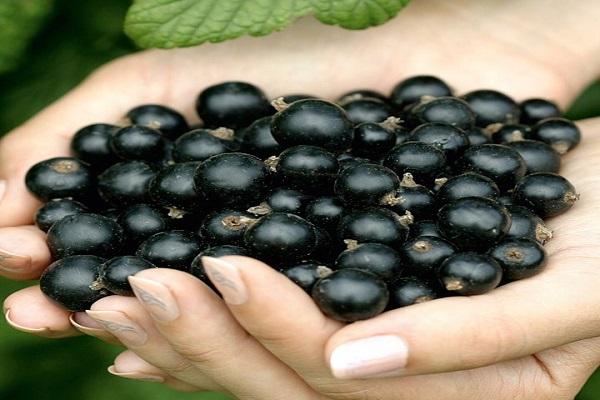
How to make yoshta wine at home
The houses prepare wine according to different recipes. Manufacturing technology consists in organizing the fermentation process, as well as creating a water seal. For this, glass bottles of the required volume and accessories are suitable. The creation of a water seal ensures high-quality fermentation of the berry with the simultaneous separation of carbon dioxide.
For the shutter, take a sterile latex glove, put it on the neck of the bottle. In one of the finger compartments, a hole is made through which gas bubbles escape as a result of fermentation.
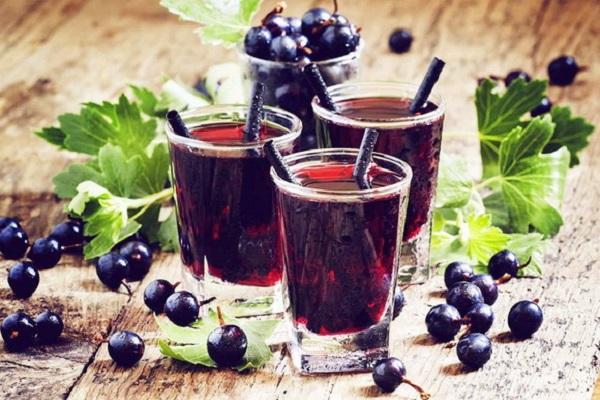
Simple recipe
The simplest cooking method involves using:
- 3 kilograms of berries;
- 3 liters of water;
- 1.3 kilograms of sugar.
The berries are sorted out, kneaded with a spoon or crush, poured with sweet syrup from water and half a portion of sugar. The mixture is stirred, covered with gauze, left for 4 days.
The liquid is filtered, the raw material is squeezed out and the remaining sugar is added. The resulting drink is poured into a bottle, covered with a glove, and allowed to stand for 60 days.
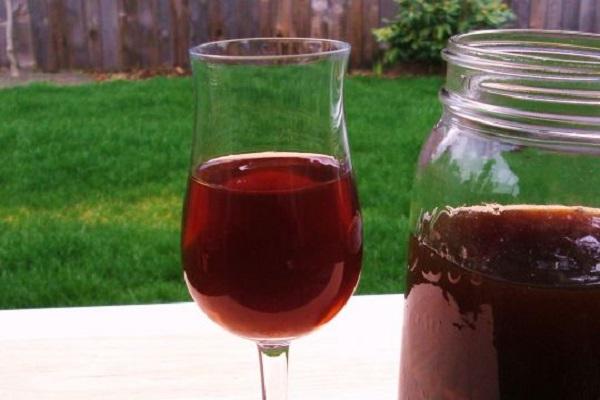
Fast cooking method
To activate fermentation, vodka is added at the stage of laying sugar and berries. For 200 grams of yoshta, 200 grams of sugar, take 500 milliliters of vodka. The berries are mixed with sugar, left until the juice is released. After 1 day, pour vodka. The drink is insisted for 20-25 days.
After the end of the process, the drink is filtered, the berries are squeezed. The wine is ready earlier than the drink prepared according to the recipe without the use of vodka. In addition, fermentation times are shortened by reducing the amount of ingredients.
Pure house wine
Homemade wine with the addition of wine yeast is characterized by a more intense taste and tart aroma. They are laid when the main ingredients are combined, left for 2-3 days. After that, it is poured into a bottle for long infusion.
Information! Wine yeast is purchased in stores. When cooking, adhere to the proportions indicated on the package.

With yeast blueberries
Blueberries give homemade alcoholic beverages a sweet and richer flavor. Yoshta berries remain the basis of blueberry wine, and many winemakers use dry baker's yeast as a yeast.
For 6 kilograms of the main raw material, 1.5 liters of blueberries and 4 kilograms of sugar are taken. The fruits are kneaded with 2 kilograms of sugar, dry yeast is added, and poured with 2 liters of water. This mixture is infused for 7 days, then another 2 liters of water and sugar are added. The drink is insisted for 1.5 weeks, then it is filtered, the cake is removed, and stored.
Fortified wine with apples
Juice is squeezed out of 2.5 kilograms of berries, juice squeezed from 4 kilograms of apples is added to it. Sugar is added to the juices, stirred until the crystals dissolve.
Then wine yeast is added, removed for fermentation. A week later, 500 milliliters of vodka is added to the drink, left to stand until the end of fermentation. After that, the wine is filtered from the sediment, poured into prepared containers.
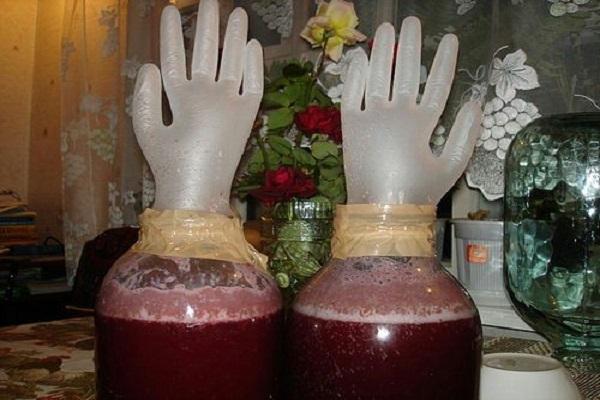
Expiration date and storage rules
It is customary to stand homemade alcohol for several months after determining readiness before direct consumption. A sediment forms at the bottom of the bottle, which is drained so that it does not spoil the shade and taste. The more often the sediment is drained, the lighter the wine becomes.
To control the appearance of a cloudy sediment, a change in the color or structure of the liquid, wine is stored in glass containers made of transparent glass. Pure wine, which has been infused for more than 1-2 years, is poured into tinted glass bottles. The stoppers must completely cover the neck of the bottle.
According to the rules of home winemaking, high-quality wine should be clean, have an even shade, and leave no sediment at the bottom of the glass. Therefore, many homemade wines are stored for 3-5 years, periodically filtering them from cloudy formations.
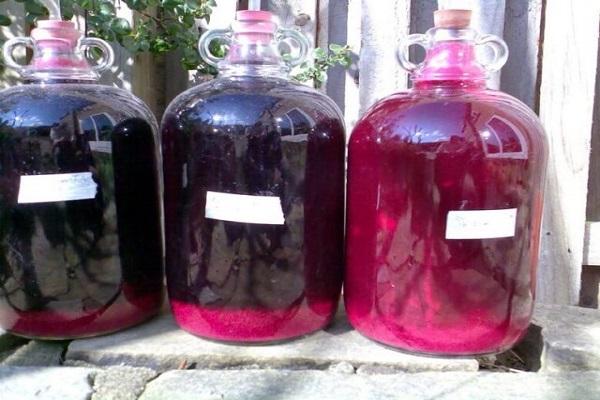
Fortified wine is stored for 5-6 years without loss of quality. Wine on berries without adding sourdough or alcohol remains suitable for 2-3 years from the date of determination of readiness.
The optimal conditions for storing bottles of wine are considered to be a cellar or basement, where temperature fluctuations are excluded. The racks with bottles should not be exposed to sunlight. The room temperature should not drop more than -2 degrees.
